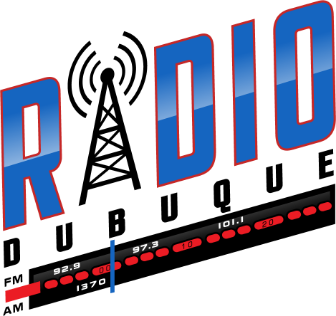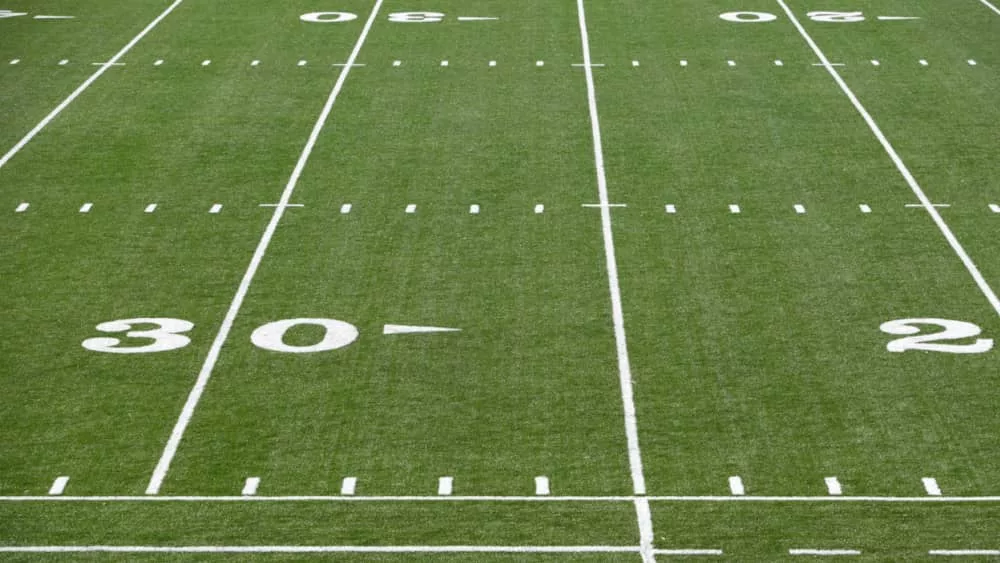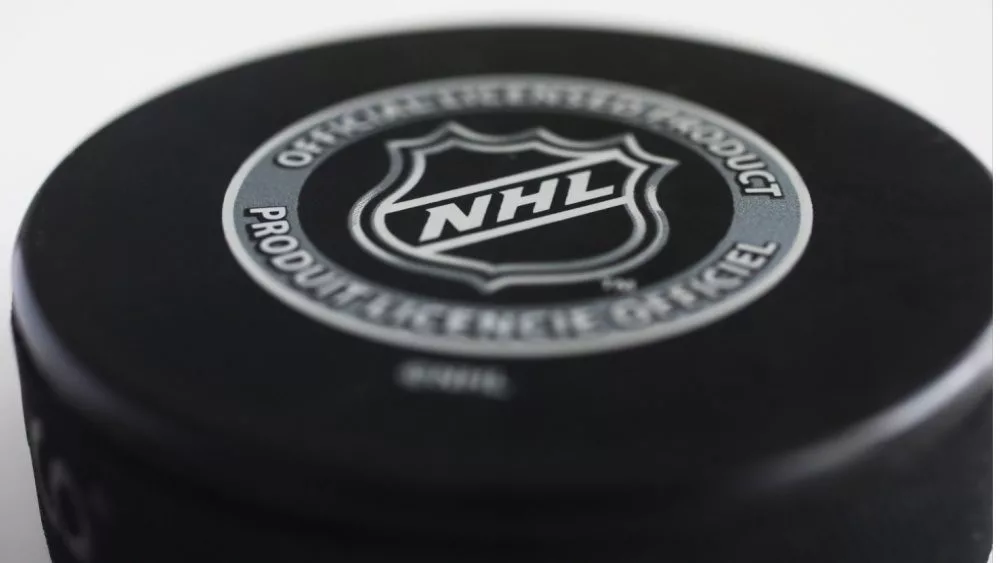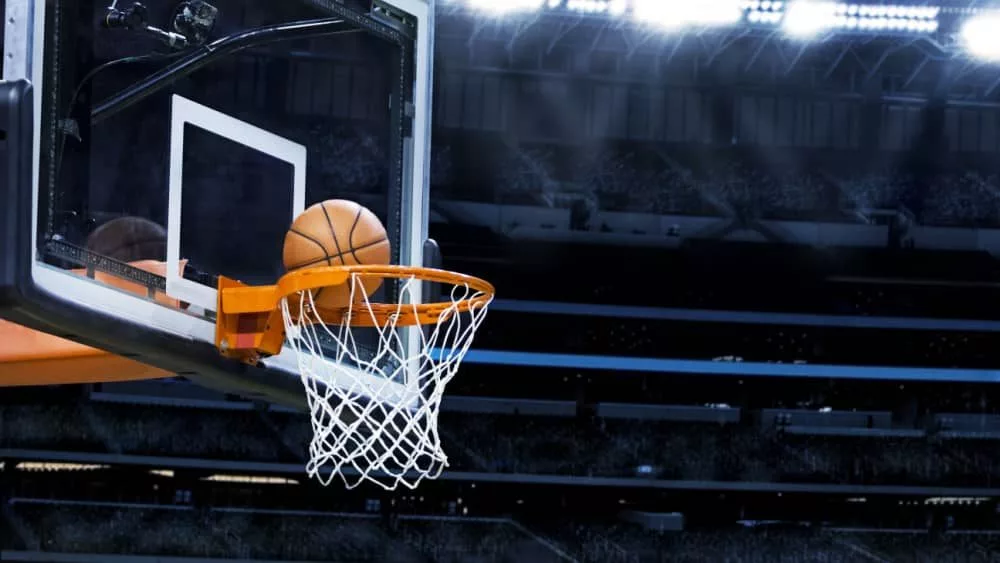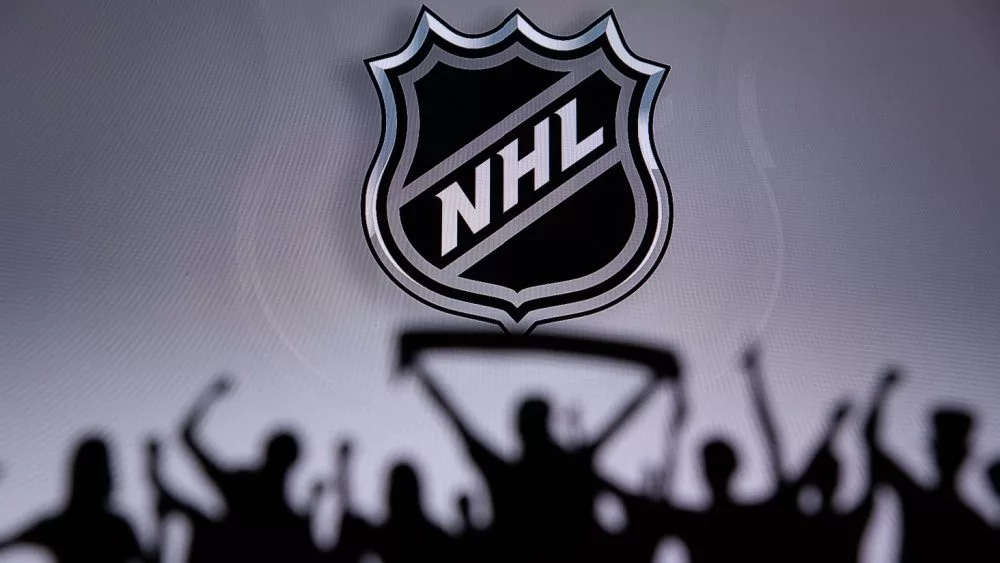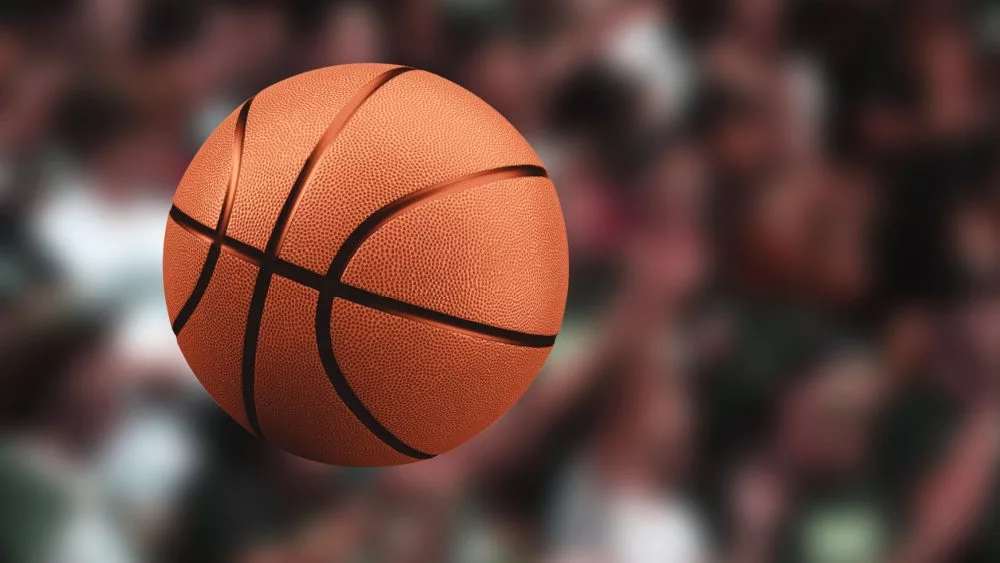In light of Aaron Rodgers’ season-ending Achilles injury on Monday night with the Jets, the NFLPA is calling to move all stadium fields to natural grass rather than astroturf. Playing surfaces in the NFL has always been a hot topic, and many are blaming the turf at MefLife Stadium for Rodgers injury.
New NFLPA executive director Lloyd Howell released a statement on Wednesday, calling for all NFL stadiums to move to grass fields. His statement read in its entirety: “Moving all stadium fields to high quality natural grass surfaces is the easiest decision the NFL can make. The players overwhelmingly prefer it and the data is clear that grass is simply safer than artificial turf. It is an issue that has been near the top of the players’ list during my team visits and one I have raised with the NFL. While we know there is an investment to making this change, there is a bigger cost to everyone in our business if we keep losing our best players to unnecessary injuries. It makes no sense that stadiums can flip over to superior grass surfaces when the World Cup comes, or soccer clubs come to visit for exhibition games in the summer, but inferior artificial surfaces are acceptable for our own players. This is worth the investment and it simply needs to change now.”
The statement by Howell was echoed by Rodgers’ Jets teammate, cornerback D.J. Reed, who posted on social media Tuesday that all stadiums need real grass. Green Bay Packers left tackle David Bakhtiari also quickly took to social media following Rodgers’ injury on Monday night, saying: “Congrats @nfl. How many more players have to get hurt on ARTIFICIAL TURF??! You care more about soccer players than us. You plan to remove all artificial turf for the World Cup coming up. So clearly it’s feasible. I’m sick of this..Do better!”
NFL executive VP for health and safety innovation Jeff Miller recently said: “We work very closely with the [NFL] Players Association on surface research. We share all the injury information. They have all the same data we have. … We have stadiums with natural grass where there’s a lower injury rate than synthetic surfaces, and we have synthetic surfaces where the injury rate is lower. … Our effort is to try to drive down those rates on both surfaces. Hopefully in the next couple years we’ll see some progress in those spaces.”
Editorial credit: imging / Shutterstock.com
